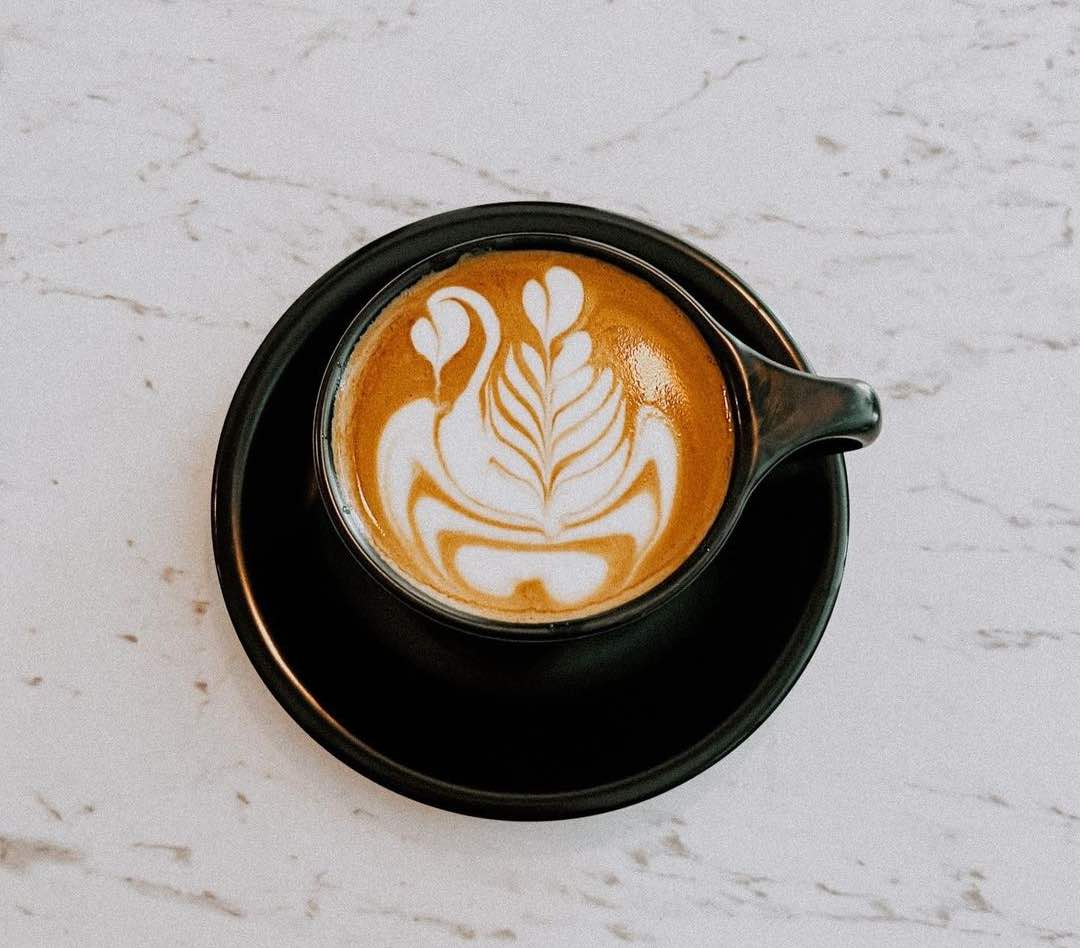🚨 We are on vacation ☀️ All orders will ship on September 15th 🚨
Free shipping across Canada 2 bags or 1kg 🤩
🚨 We are on vacation ☀️ All orders will ship on September 15th 🚨
Free shipping across Canada 2 bags or 1kg 🤩
🚨 We are on vacation ☀️ All orders will ship on September 15th 🚨
Free shipping across Canada 2 bags or 1kg 🤩
The latte is loved everywhere for its creamy and subtle coffee flavor. How do you make a great latte at home? All you need is a few essential tools and our guide. You'll learn not only to make the classic hot latte but also how to vary it with different types of milk and even how to serve it iced.
The caffe latte, commonly referred to simply as latte, is an espresso-based coffee made of a double shot of espresso and steamed milk creating a thin layer of milk foam. This produces a coffee that is both visually pleasing with a smooth, milky texture.
When preparing lattes, the goal is to create a silky foam, and the best milk to do this is whole milk. Whole milk has the ideal fat content to froth and has a rich, sweet flavor. In contrast, two percent and skimmed milk produce inferior foam that tends to separate.
For non-dairy milk alternatives, oat milk is the preferred choice. It can create a rich and creamy foam that does not overpower the coffee flavor. For non-dairy milk, it's recommended to choose a barist version, which is formulated to enhance froth quality and stability.
Creating the perfect microfoam for a latte involves more than just frothing milk, it requires precise aeration to form tiny, velvety air bubbles. By keeping the steam wand or milk frother just below the milk's surface until the ideal temperature and texture are achieved, you can create a smooth, glossy finish. The final texture should resemble wet paint. Follow this guide to learn how to froth milk.
1/2 cup of milk
1 double espresso (18g of coffee)
Grind 18g of coffee into your portafilter at a fine espresso size.
Using an espresso machine, produce a double shot, or 2 ounces, of espresso directly cup or mug.
Froth 1/2 cup milk to 60-70 C. If air bubbles are left, tap your milk pitcher on the counter to break them up .
Pour the steamed milk over the espresso, finish it with a latte art if you can.
Fill a glass full of ice.
Pour 1/2 cup of milk into a glass. If you prefer a frothier iced latte, shake the milk in a cocktail shaker and then strain it over ice.
With an espresso machine, brew a double shot of espresso, then pour it over ice and milk.
Both drinks consist of a double espresso, steamed milk, and foamed milk. A cappuccino has thicker and less milk, creating a layered effect, whereas a latte contains more steamed milk and less foam. Lattes are typically served in larger 10oz cups, and cappuccinos are served in 6oz cups.
In lattes, the milk-to-coffee ratio is typically 3:1, making them less intense than other espresso-based drinks like cappuccinos or macchiatos, which have less milk.
In terms of caffeine content, a 10oz latte containing a double shot of espresso roughly equates to 10oz of brewed coffee. This is because the same amount of coffee grounds is used to prepare each. Despite this, lattes often taste milder because they are diluted with milk.

Comments
There are no comments.
Your comment